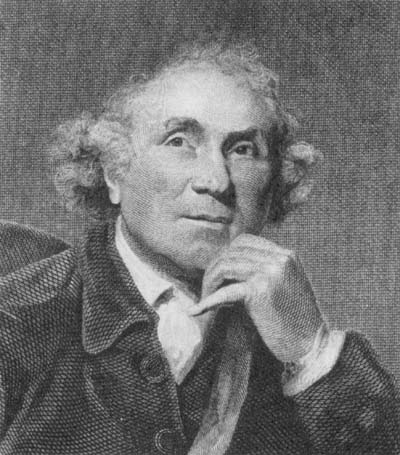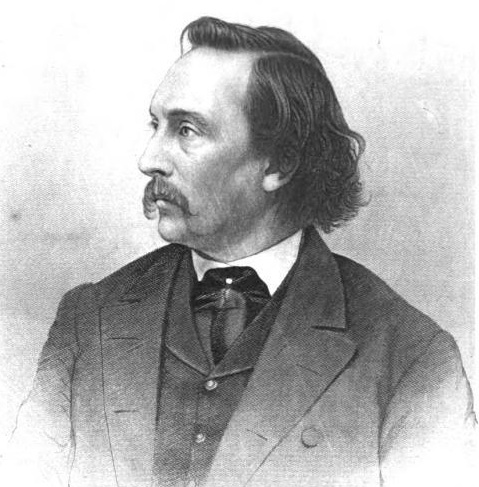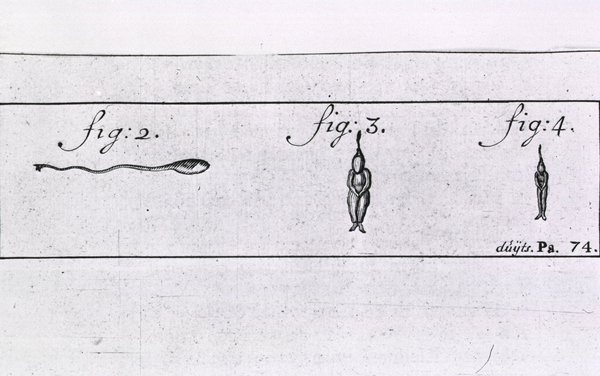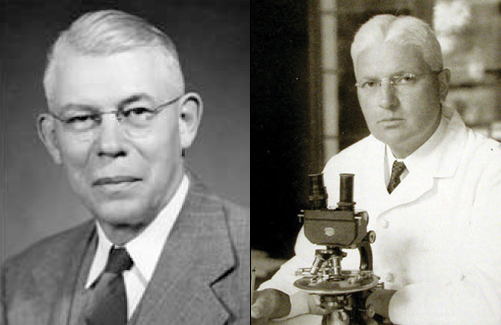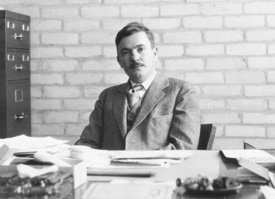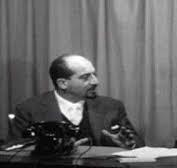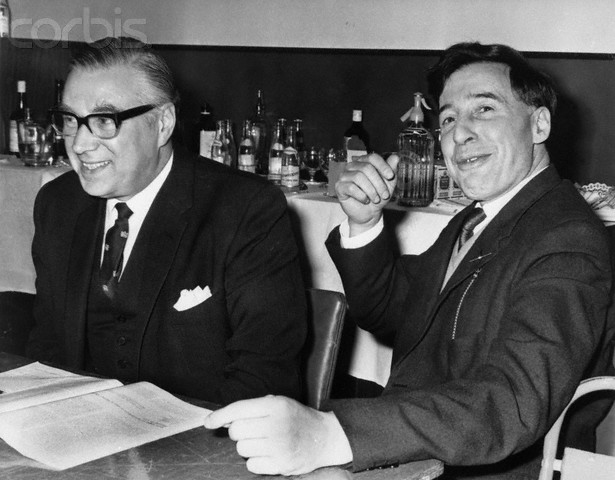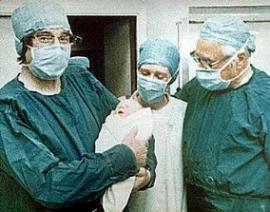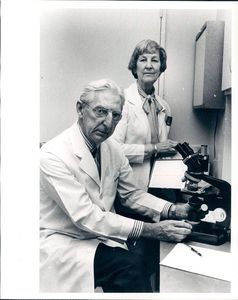Reproductive Medicine Timeline through the 20th Century
Physician John Hunter performs first recorded successful human vaginal artificial insemination.
J. Marion Sims experiments with intra-uterine artificial insemination. He claimed one pregnancy, which ended in miscarriage at 4 months. He used only husband’s sperm.
Edward Bliss Foote, physician and medical advice giver, explains to readers of his popular medical advice manual how to perform vaginal artificial insemination either with the husband’s or donor semen, and markets “the impregnating syringe.”
Physician William Pancoast of Jefferson Medical School in Philadelphia reportedly inseminated a woman whose husband was infertile with the semen of one of his medical students. She conceived and delivered. He was said to have told the husband, but not the wife.
Robert Tuttle Morris develops a procedure he calls “ovarian transplantation.”
Edgar Allen (r) and Edward Doisy (l) isolate estrogen, the first ovarian hormone to be isolated.
George Corner produces the first “corpus luteum extract,” which is later given the name “progesterone.”
John Rock and Miriam Menkin report the first ever fertilization of human eggs outside a woman’s body.
Italian medical researcher Daniele Petrucci announces that he has succeeded in culturing a human embryo for 21 days. The Catholic Church condemns this research.
Patrick Steptoe and Robert Edwards announce the IVF fertilization of human eggs, and for the first time show the sperm penetrating the egg.
Unsubstantiated claim by Douglas Bevis, British gynecologist, that he had achieved 3 IVF births.
Steptoe and Edwards achieve their first IVF pregnancy.
Steptoe and Edwards, shown here with Edwards’ assistant and collaborator Jean Purdy, announce the birth of Louise Brown, the world’s first IVF-conceived baby, on July 25.
Alex Lopata and his team in Melbourne make Australia the second nation to achieve an IVF-conceived birth.
Georgeanna and Howard Jones announce the birth of the first American IVF baby, Elizabeth Jordan Carr, in Norfolk, Virginia, making the United States the third country to achieve an IVF birth.
First use of ultrasound-guided egg retrieval under local anesthesia, developed by Susan Lenz. She retrieved the eggs via a needle inserted through the bladder.
Also, by this year six countries had achieved live births using IVF: England (1978), Australia (1980), the U.S. (1981), France (1982), Sweden (1982), and Austria (1982). The year listed is that of the first birth in each country.
First live birth from a frozen embryo, in the Netherlands. The doctor was G.H. Zeilmaker and team, in Rotterdam.
Melbourne, Australia: The first live birth following IVF using a donated egg occurred in November.
First successful use of gestational surrogacy occurred in the U.S. That same year, Matts Wikland, Lars Hamberger and Lars Nilsson described the use of ultrasound-guided transvaginal technique for egg retrieval.
First live birth from a frozen egg, Adelaide, Australia.
In London, first successful identification by sex of 3-day-old embryos, by reproductive endocrinologist Robert Winston and embryologist Alan Handyside.
Growing Generations, a surrogacy agency founded to provide services to same-sex couples, opens in Los Angeles.
First baby born using the mitochondrial DNA of a donor, the use of which created the so-called “three-parent embryo.” In the United States, the Food and Drug Administration (FDA), exercising its authority to regulate the genetic modification of organisms, halted the use of such techniques in the early 21st century.

